Science & Technology _|_ Issue 12, 2019
Beauty happens
Ornithologist Richard Prum challenges the orthodox view of evolution to argue for the importance of beauty, pleasure and desire in shaping the natural world
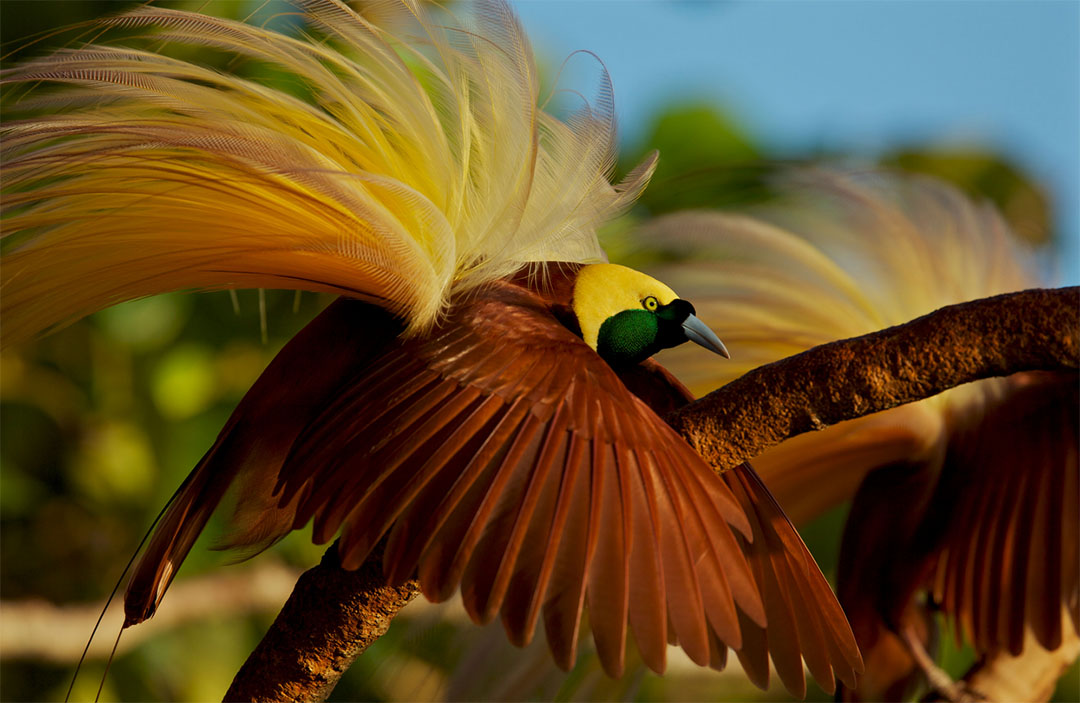
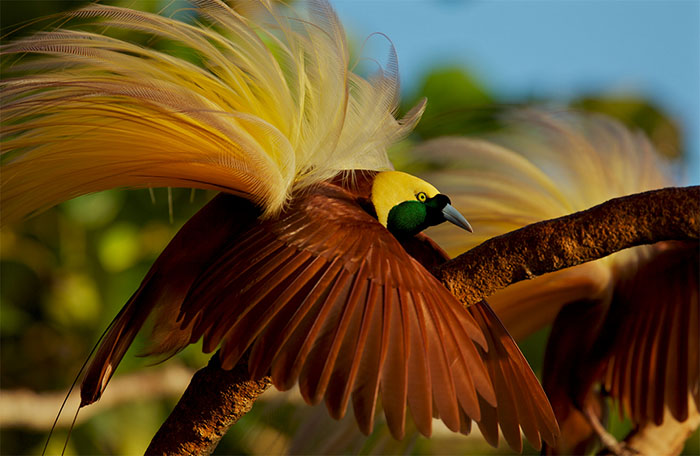
Beauty Happens
Ornithologist Richard Prum challenges the orthodox view of evolution to argue for the importance of beauty, pleasure and desire in shaping the natural world
Professor Richard Prum has spent a lifetime studying the variety and behaviour of birds. Now the Robertson Co-professor of Ornithology at the University of Yale, he argues in his best-selling book, The Evolution of Beauty (2018), that in order to account for the extraordinary variety of form that we see in the world, we need to return to an idea originally proposed by Darwin – that of ‘mate choice’. This suggests that the subjective experiences of birds and animals – their aesthetic sensibilities– are the primary driver of evolution. In this interview, he talks to Jane Clark about this groundbreaking theory and the research which supports it.
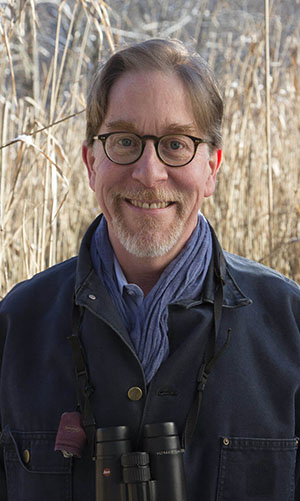 Jane: You are a professional ornithologist, and your recent book, The Evolution of Beauty, [1] really comes out of the vast amount of research you, and your fellow ornithologists, have conducted over the past few decades.
Jane: You are a professional ornithologist, and your recent book, The Evolution of Beauty, [1] really comes out of the vast amount of research you, and your fellow ornithologists, have conducted over the past few decades.
Rick: Yes, I am part of the Department of Evolutionary Biology at Yale, and at the moment I am involved in many research projects: far too many, really – in the low dozens – some going on for ten years and some for ten days.
Jane: The main point you make, as I understand it, is that what we might call the ‘orthodox’ theory of evolution – the neo-Darwinist approach which sees the survival of the fittest as the driving force of evolution – just cannot account for the huge variety of forms and decorative elements that we see in birds and other animals.
Rick: My book is basically an argument against what I call ‘adaptationism’, which is a view that adaptation by natural selection is a strong force which dominates all events in evolution. This is a powerful idea, but it is not Darwinian as many people have been brought up to believe.
It is true that Darwin put forward the idea of survival of the fittest in his first book The Origin of Species [2]. But in his second book, The Descent of Man [3], which was published a decade later in 1871, he proposed that there is another force, independent of natural selection, which is just as – maybe even more – important. This he calls ‘mate choice’. And it is this, in his view as well as in mine, which leads to things like the development of antlers in deer, or the extraordinary diversity of colour and ornamentation in birds.
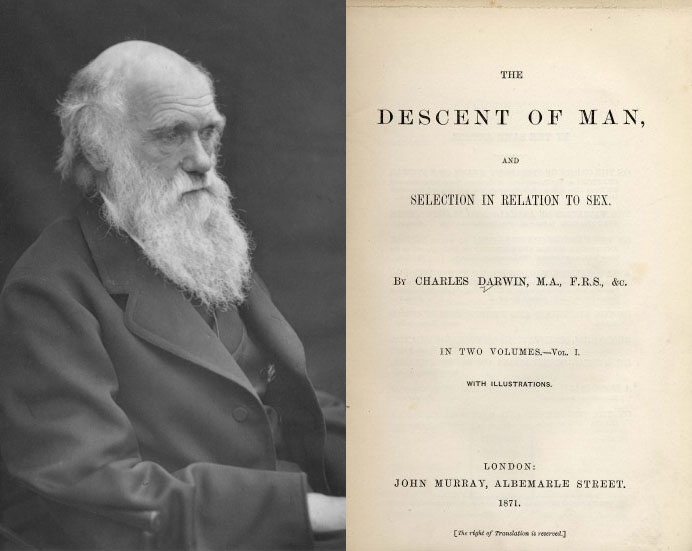
Title page of Darwin’s Descent of Man, first published in 1871
Jane: Mate choice means that some features or traits evolve simply because the opposite sex likes them, not because they confer any functional advantage?
Rick: Yes. What was really revolutionary about Darwin’s proposal was the idea that the subjective experience of animals was a force in evolution. He suggested that the response and the sexual choice made, for example, by a female Great Argus pheasant when she watches the male display his beautiful tail could drive evolution in a way that is not commensurate with, or could not be reduced to, natural selection (see video right or below for the mating display of the Great Argus).
Video: The Malay Great Argus Pheasant. 2:21 minutes
Jane: In your book, you call mate choice ‘Darwin’s really dangerous idea’.
Rick: In fact, it was so dangerous that it had to be kind of laundered out of the history of Darwinism, and this was done quite early on by people like St George Mivart and Alfred Wallace. Ever since The Descent of Man was published, people have been trying to ignore or minimise this view in order to get it under the control of natural selection. And they have been extremely successful in doing so. The version of evolution that we now have is not really Darwin’s at all; it is Wallace’s, and we should really refer to it as Wallacian evolution.
Jane: Why were people so threatened by the idea of mate choice?
Rick: I think one factor was that many of Darwin’s early supporters had moved in their own lifetimes from monotheism – the belief in one God – to what I call ‘mono-ideaism’, that is, the belief that there is just one concept, one explanation, for everything that happens in the natural world. This led them to enthusiastically embrace the concept of adaptation, which seemed to do just that – explain everything. Then along comes Darwin saying that there is also another mechanism, and they just would not buy it.
Secondly, I think they were very suspicious of anything which gave autonomy and choice to animals. They believed that animals were like little automata; they could see that there might be psychological or physical mechanisms going on, but they did not believe that animals were capable of making the kind of aesthetic judgements that Darwin was proposing.
And lastly, I think there is no doubt that, culturally, there was a lot of misogyny. Mivart in particular was quite explicit in his refusal to accept that the choices of female animals – and in fact, females in general, including human beings (because Darwin of course was talking about humans in The Descent of Man) – could be a major force in evolution. But the same attitude is present in Wallace.
I think all this made them unable to accept the richness of Darwin’s view, which was complicated, non-reductive, and emergent. He understood that the evolution of subjective experience would imply that animals have the capacity to control their own development and environment, just as humans can.
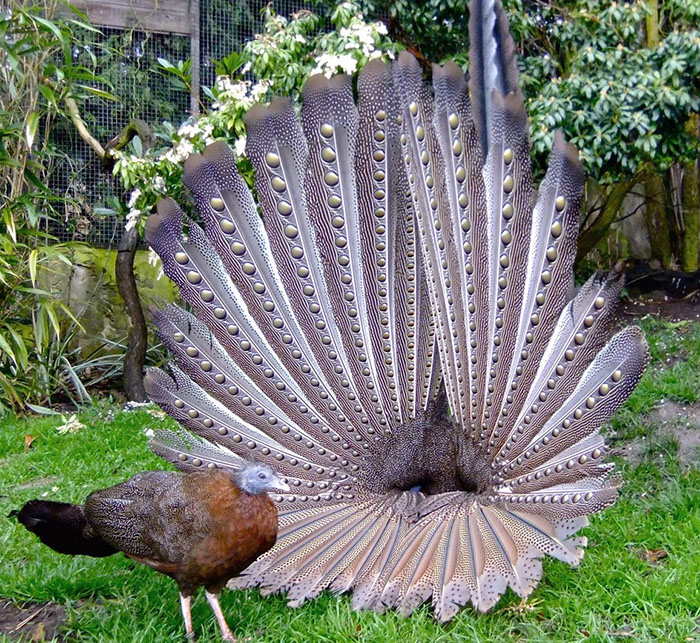
The Great Argus pheasant in his mating display. Photograph: Peter Stubbs via Flickr
Beauty Happens
.
Jane: One of the ways in which the idea of mate choice was subverted was to suggest that beauty per se is not an evolutionary force, but that it is a kind of code for more utilitarian traits; that it indicates good genes, or good health, or good resistance to mites or whatever.
Rick: Yes, within survival of the fittest models, beauty is understood to be evidence of some other correlated quality – some extrinsic quality – that is adaptive. This idea was developed quite early on in the history of Darwinism, and it was a subtle move, as it defuses the power of sexual selection so that it becomes just another version of adaptation.
Jane: And how would you refute this argument?
Rick: Well actually, it is quite a hard one to refute and in some ways it is impossible to do so. If we find a beautiful feature or an elaborate mating display for which we cannot identify the correlative adaptive quality trait, then it can always be said that we have simply not looked hard enough. We cannot prove that this trait is merely there because it is beautiful until we have tested every imaginable hypothesis to do with its function. And obviously that is impossible.
In this way, the field has created an epistemological situation which makes the theory unfalsifiable. On the one hand this is unscientific, but on the other, it makes people absurdly confident about the ability of the theory to describe everything in the biological world.
Jane: So you have countered this by proposing that we should be using a null hypothesis approach in evolutionary theory. And your proposed null hypothesis is: beauty happens.
Rick: Yes. I propose that there is a kind of evolution which can be described broadly as ‘aesthetic evolution’. When animals make choices based upon what they like, and when this choice has some kind of connection with the way they reproduce, then what arises in nature is beauty.
Jane: Could you explain further how a null hypothesis works?
Rick: A null hypothesis is normally one which proposes that the special relationship that we are interested in does not happen, and the results we are seeing come about because of other events – usually less directive, more random, events.
I use the metaphor of a rainbow to show how this works. Does a rainbow have value as a beautiful thing in itself, or does it have beauty because it leads to a pot of gold? That pot of gold to my colleagues is good genes, or no sexually transmitted diseases; in other words, something that confers extrinsic benefit. And if you have not found it, then you have simply not looked hard enough. But if you adopt my null hypothesis, then the burden of proof is upon them to show that the pot of gold is actually there, and that the rainbow is not just a rainbow, and its beauty is not just beauty, as itself.
There are plenty of examples in other scientific fields where null hypotheses have been adopted in recent years. One is community ecology, where people are interested in the behaviour of species in an environment. You find certain types of pine at one altitude, and another at another, and people used to say, taking an adaptationist perspective: how interesting that these trees have evolved to live at these different levels. The assumption was that the process happened through natural selection and competition. But now you can only say that if you have refuted the null model of community assembly.
Jane: Which basically means that these variations can come about in other ways?
Rick: Yes, they could be happening through other random mechanisms. The trees have altitudes that they prefer. They also have limits to how much variation they can tolerate, and that varies from species to species. And they don’t necessarily compete with one another, etc. etc.
I don’t deny that natural selection happens; there is no doubt that it does and it is an interesting and important phenomenon. But it is not a strong force; meaning, it is not strong enough to completely control the subjective desires of animals.
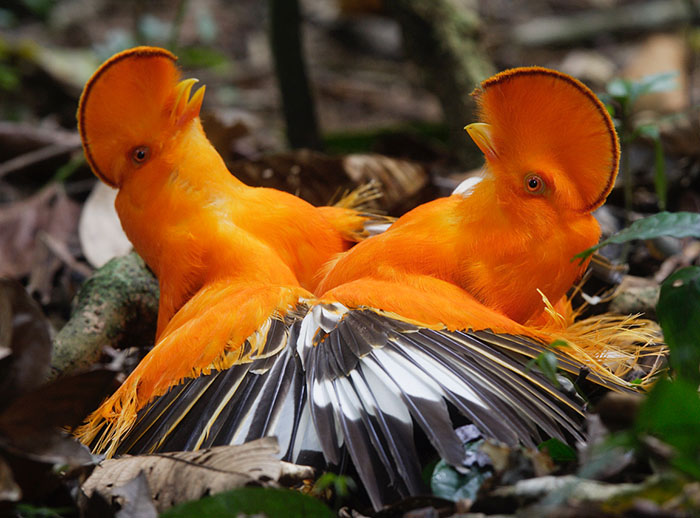
Two male Guianan Cock-of-the-rock fight for the right to mate in their lek.
Click here for more information [/]. Photograph: Sylvian Cordier
Irrational Exuberance
.
Jane: But there must be some constraint placed on the process by the need to survive. How big a tail can a bird develop before it actually cannot fly, or obtain food, or breed?
Rick: You would be surprised. I have an entire chapter in the book about decadence. Decadence happens. Decadence is a preference for traits that are so beautiful but at the same time so detrimental to performance that everyone in the population gets worse – both the choosers and the objects of their choice. So I don’t think that there is necessarily anything that prevents sexual selection from leading to extinction. We have mathematical population generation models which demonstrate this; this is one of my ongoing projects. It may be shocking, but we are finding that this is true of many of the beautiful features we see in the world around us.
Of course there is a natural limit, in that some developments will lead to extinction – but that is not relevant to my argument. Lots of species could be very far from optimal efficiency and still be thriving in terms of population growth. They could be doing even better if they spent less time on their subjective choices about mates – developing courtship dances or building elaborate nests and such like – but then they would have to stop experiencing beauty. And many of them have chosen not to do that.
Jane: I am very interested in the way that you equate these principles to the workings of things in the human world, such as stock markets, or housing bubbles.
Rick: One of the most damaging consequences of adaptationism is its application to the free market theory of economics. The assumption is that markets, if left to themselves and given access to information, will naturally lead to the most efficient system, for example in pricing, productivity, etc. But our work on bird evolution indicates that often exactly the opposite happens, and this is because we place aesthetic value on certain things, such as gold.
Jane: I suppose a good example of this would be the value placed upon tulips in the Ottoman Empire.
Rick: Or the value placed upon certain features of houses in the run up to the 2008 crash in America. Nobody needs a squash court and a home cinema in their house, but money was available for people to install these things, so they did. And then their houses were worth more, so there was incentive to add even more features, etc., etc. It was a bubble which, like these things tend to, eventually crashed.
Stock markets and asset bubbles are a great example of what I call irrational exuberance. In 2008, a group of supposedly rational people, making what they thought were rational choices, decided to take the economy over a cliff. And there is no reason to believe that animals are any more rational than we are.
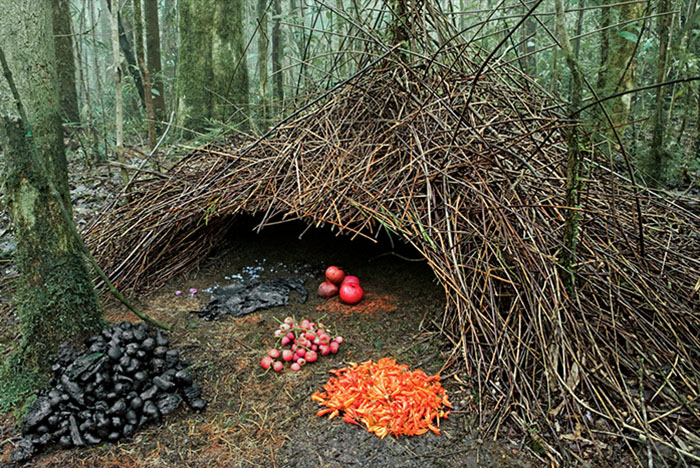
Nest of the Brown Gardener bowerbird in the Arfak Mountains, Papua New Guinea, Indonesia, showing decorations chosen by male. Photograph: Ingo Arndt/Minden Pictures
A Science of Beauty
.
Jane: In the book, your argument that ‘beauty happens’ is supported with a quote from Darwin, who said about the tail display of the Great Argus pheasant that:
It affords good evidence that the most refined beauty may serve as a sexual charm, and for no other purpose (p.26).
Darwin did not hesitate to use subjective, almost poetic, language to describe the behaviour of nature. He talks about the importance of “charm and sensory delight”, for example. So are you following in his footsteps in adopting the term ‘beauty’?
Rick: I have been talking about these things for many years now, but without having much impact. So I decided that I would adopt Darwin’s language as well as his ideas. Once I took Darwin’s aesthetic perspective seriously, it just kept being more and more productive – I mean, productive scientifically. I realised that in his work, this is not just vocabulary or a quaint mode of Victorian expression. This was an intrinsic feature of his science – a statement about the natural world. Bringing beauty into the sciences is not worthwhile unless it improves science, and I have found that it does.
Jane: But the word ‘beauty’ seems to me to be the right one because it is what we see in the natural world, is it not? When we look at the plumage of a colourful bird, or when we hear bird song, we are moved by their beauty.
Rick: My scientific definition of beauty is that it is a co-evolved attraction where the form of the stimulus and the form of the preference have shaped each other over time. So female birds have evolved over time to be attracted to a certain song or a certain display because of the action of previous preference and the evolution of that display. So this correspondence is the nature of a scientific conception of beauty.
But it also means that when we see a beautiful sunset or hear a beautiful bird song, this is a projection on our part. The sky has not evolved along with our preferences; the bird plumages know nothing of us. So although this is very important to us, and certainly I have devoted my life to studying birds because I find them beautiful, it is something different from my scientific concept of beauty.
Jane: Well, surely this depends on how you define the nature of a human being?
Rick: Yes, it is possible that we have evolved an intelligence which can appreciate types of beauty that we have not been agents in creating.
Jane: Or you could say that we have an aesthetic sense that is inclusive of the aesthetic sense of everything else.
Rick: Yes, you could also say that. It is certainly true that we have an aesthetic sense which is versatile and actually seeks out opportunities to appreciate beauty. It is part of our nature as human beings that we aestheticise the world.
But the idea that animals are agents in their own evolution means that we are not the only ones doing this. Look at bowerbirds, and the way they create extraordinary nests to attract the females. They collect natural objects like flowers or seeds or bones to decorate their creations, turning them into a new kind of aesthetic and art work – a collage that they use in their social interactions (see video right or below on the remarkable creations of the Vogelkop Bowerbird).
Video: The Vogelkop Bowerbird: Nature’s Great Seducer. 5:42 minutes
Jane: In your book, you tell us that bowerbirds even have a sense of perspective. They will put the larger objects at the back to make the display look larger; then when the scientists take them away, they put them back in the same place, showing that they are really making deliberate choices in how they design their creations.
Rick: This is the work of John Endler in Australia [4], and it is indeed fascinating. The sense of the optical illusion could work in different ways. It could be used to expand the size of the bird in a self-aggrandising way; but actually, it goes in the opposite direction. This shows that it is done for its own sake – for the sake of beauty.
Jane: This seems to be an essential point: that beauty is created for its own sake. Also pleasure. You maintain that the female bird experiences pleasure when she hears the male bird sing or watches him dance, just as we take pleasure in music and ballet (see video right or below on the dance of the blue manikins).
Video: The Dance of the Blue Manakins. 1:58 minutes
Rick: Pleasure is another aspect of mate choice, and is an essential part of what drives the evolutionary process. The Wallacian view, by contrast, eliminates the concepts of pleasure and desire from the natural world. And unfortunately, that leaves us with few tools with which to understand these things, which means that we have few tools for understanding human sexuality, which is all about pleasure and desire.
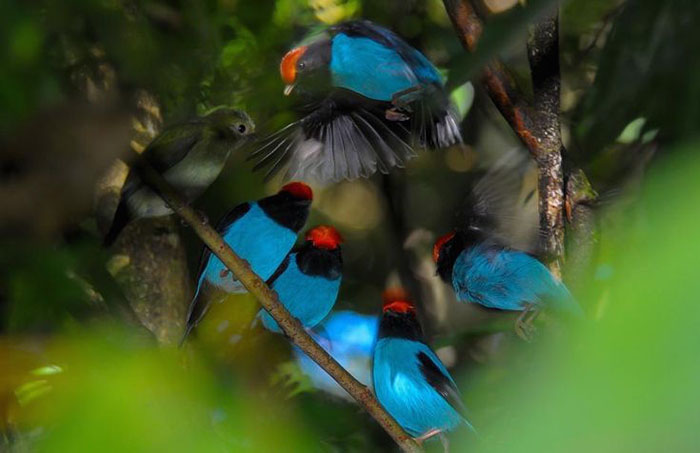
Blue manakins in Terosopolis, Rio de Janiero, Brazil. The males join forces to put on a group dance display to impress the female. Photograph: Joe Quental
The Importance of Choice
.
Jane: Do you limit this ability for aesthetic choice only to birds and animals, or do you understand it to be happening at every level of creation? What about insects, or plants?
Rick: One of the things I wanted to go into in the book was the relationship between bees and flowers, which I see as a case of co-evolution. Bees make choices, and over time, flowers have developed traits to make themselves attractive to them. But my editors felt that the book was getting too long, and in the end I dropped the many passages where I discussed this. So yes – this phenomenon happens at every level.
Jane: One difference between the bird realm and others is that with birds, the driving force of evolution is predominantly female sexual desire, but in other species, such as human beings, it is more of a mutual situation where both sexes make choices.
Rick: I would amend that a little bit. There are plenty of examples of birds where there is mutual mate choice – that is, where the male and the female are both selecting, and often on the same traits. Think of flamingos: both sexes are beautifully pink, and they are more or less identical. The males and females are different in subtle ways, but when it comes to display, they are both doing the same display with the same ornaments. Puffins are the same: both sexes have beautiful colourful beaks (see video right or below of the flamingo mating dance).
Video: These Flamingos Have Sweet Dance Moves. 2:17 minutes
However, these species do not give rise to the kind of extreme traits which have interested me in my research. Many of the birds I describe in the book I term ‘aesthetic extremists’ because they are at the limits of what is possible. And these extremes almost always arise because of female choice.
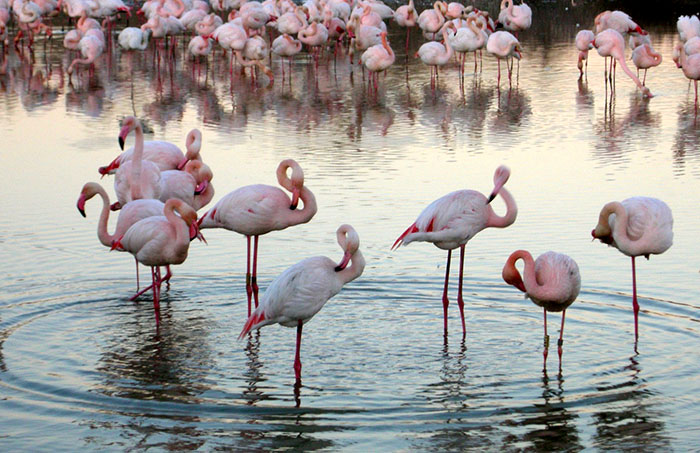
Flamingos in the Carmargue Ornithological Park, France. Photograph: Judy Kearns
Jane: I thought that one of the most interesting discussions in your book is on the importance of female choice in general, not just in birds.
Rick: What comes out of the research is that freedom of choice matters to animals in a very fundamental way. Whenever freedom of choice – by which I mean sexual choice – is restricted by coercion and violence, there are serious consequences. What this means is that sexual autonomy is not a concept invented by suffragettes and feminists, but it is a deeply evolved feature of the lives of socially sexual animals.
These ideas arose from research I did with a student, Patricia Brennan, into duck sex. [5] What we found was, on the one hand, deeply shocking, but on the other, amazingly rich. Female ducks mate for life, but they are also exposed to a high level of sexual coercion by male ducks who have not found a partner and consequently try to mate by force. What we discovered was that the females have evolved complex genital structures which allow them to reduce the impact of their loss of choice.
Jane: You mean that they have a way of closing down so that no fertilisation takes place.
Rick: Yes; they have evolved a birth control device which is 98% successful. And this is very revealing about how important female choice is. At the other extreme, we have the case of bowerbirds. The bower is not a nest; the female bowerbird has her own nest and she raises her young by herself, without any help from the male. The bower is a seduction theatre, made by the male to attract the female. The females visit various nests, which have all sorts of ornamental features – sticks, and seeds and flowers, etc. – which have been created to please them.
But it also has an architecture which protects the female from forced copulation. The female sits in the middle of the nest, and in order to get into the right position, the male has to pop out the back. This gives the female the chance to leave if she does not like the way things are going. So she can observe the male at an intimate distance, and at the same time retain complete control over her choice. We call this ‘aesthetic remodelling’. She has amended the behaviour of the male in a way which furthers her own capacity for sexual fulfilment, and at the same time prevents coercion.
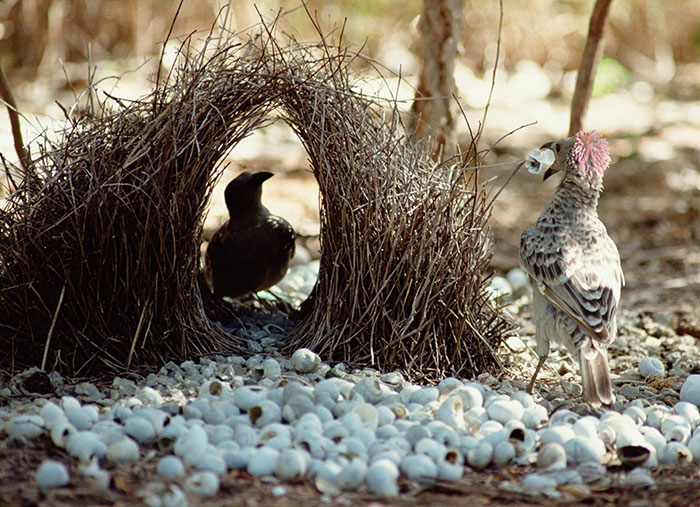
Great Bowerbird displaying to a female in his bower. Photograph: Minden Pictures / Alamy Stock Photo
An Aesthetic View of Life
.
Jane: At the end of the book, you have four chapters where you venture beyond the mating habits of birds to those of human beings.
Rick: Well, Darwin developed the idea of mate choice in The Descent of Man, and it was clear to me that adaptationism has been as damaging in the human sphere as it has been in ornithology, so I decided to have a go.
The first thing I would say about human sexuality is that it is complicated. For one thing, you have both male choice and female choice; male competition and female–female competition; male coercion and female coercion. And on top of all that, you have culture. So it very easy to fall into false assertions.
Jane: Can you nevertheless summarise your ideas?
Rick: My basic assertion is that the same principles that we see in the animal world can be applied to human beings. This means, firstly, that we are deeply influenced by aesthetics – we select for traits and ornaments which are merely beautiful, without any adaptive advantage.
Secondly, the preservation of choice and aesthetic remodelling are also important in the human realm. Indeed, the expansion of female sexual autonomy has probably been the most critical feature of the evolution of human beings. That might sound like a very radical claim, but I think that the predominance of the adaptive model has really blinded us to what has always been going on. The reintroduction of an aesthetic perspective into science is like a breath of fresh air, one which has the potential to completely change the way we understand things.
Jane: You talk about this briefly in the final chapter of the book, where you start to expand these insights towards what you call ‘an aesthetic view of life’. So in the end it is not just about sex?
Rick: No, it is much broader than that. I try to point the finger towards the rosy-fingered dawn of a new future where subjectivity is comfortable in the sciences and the humanities at the same time. What this means is that we have to get comfortable in intellectual life to the disciplines not being so walled off and different from each other; where, for example, there is a continuity between my study of bird song and the work of the music department at Yale; between my bird museum where I study the evolution of colour and the art department.
I have done additional work on aesthetic philosophy and such like that helps to bridge that gap. My view on aesthetics is co-evolutionary. I propose that art is a form which co-evolves with its evaluation. This means that the quality of an artwork is not inherent in the sensory impact it has on the observer, but in the interaction of the artwork and the viewer historically over time. That process in biology gives rise in the end to the peacock’s tail, but within a culture it gives rise to Michelangelo and Benjamin Britten and Andy Warhol, and everything else in between.
This view also means a need to broaden our understanding of art in a post-human direction – coming to understand that there are other aesthetic agents in the world, like birds, bees and flowers. This greatly expands the ontological richness of our understanding. So, yes, all this is about much more than sex. It is about the pervasiveness of beauty in the world.
Jane: Your book has been a best seller, I understand, so you have had a lot of interest in it.
Rick: Yes, I have. I have given well over a hundred talks at signings and book clubs where there have been big audiences. But I have to say that the professional response has been mixed – or you might say mixed to negative. There are lots of terrible reviews out there from professional colleagues.
Jane: Are there no allies in your profession?
Rick: One or two reviews have been fairly supportive, and there are many people who tell me in private that they are prepared to give these ideas some space. The good sign is that there are actually not many arguments against the way I am discussing evolution, and even in the very bad reviews, no one has really landed a glove on me intellectually. It is more a question of what people’s education has been and how they are used to thinking. So they have just been responding to the rhetoric, and not really engaging with the ideas and evidence I was presenting. So I think we are actually not very far away from refuting the Wallacian argument.
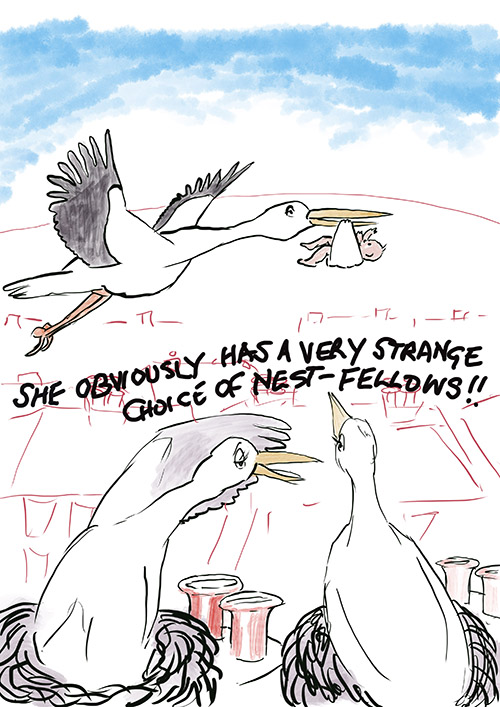
Cartoon by Simon Blackwood
For a one and a quarter hour presentation of some of these ideas watch the video
The Evolution of Beauty by Prof. Richard Prum
Image Sources (click to close)
Banner picture: Raggiana Bird-of-Paradise during its courtship dance. Photograph: Tim Laman.
First insert picture: Professor Richard Prum. Photograph: Courtesy of Richard Prum.
Other Sources (click to open)
[1] RICHARD O. PRUM: The Evolution of Beauty, New York: Anchor Books, 2018.
[2] CHARLES DARWIN: The Origin of Species, London: John Murray, 1859.
[3] CHARLES DARWIN: The Descent of Man, London: John Murray, 1871.
[4] JOHN ENDLER et al: “Greater Bowerbirds Create Theatres with Forced Perspective When Seen by an Audience” in Current Biology, 20: 1679–84.
[5] PATRICIA BRENNAN et al: “The Limits of Sexual Conflict in the Narrow Sense: New Insights from Waterfowl Biology” in Philosophical Transactions of the Royal Society of London, B 367:2324–38.
Email this page to a friend
FOLLOW AND LIKE US
——————————————
——————————————
——————————————
Video: The Malay Great Argus Pheasant. 2:21 minutes
Video: The Vogelkop Bowerbird: Nature’s Great Seducer. 5:42 minutes
Video: The Dance of the Blue Manikins. 1:58 minutes
Video: These Flamingos Have Sweet Dance Moves. 2:17 minutes
FOLLOW AND LIKE US
If you enjoyed reading this article
Please leave a comment below.
Please also consider making a donation to support the work of Beshara Magazine. The magazine relies entirely on voluntary support. Donations received through this website go towards editorial expenses, eg. image rights, travel expenses, and website maintenance and development costs.
READ MORE IN BESHARA MAGAZINE
The Unity of Bee-ing
An interview with Heidi Herrmann about the work of The Natural Beekeeping Trust in preserving our precious population of bees
A Biology of Wonder
An interview with scientist Andreas Weber, whose radical ideas are transforming our understanding of nature

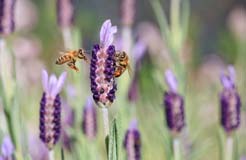
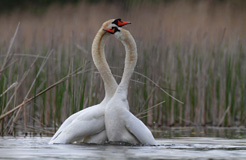
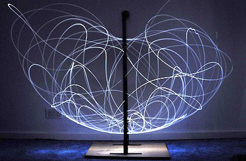
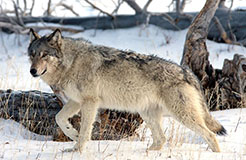
READERS’ COMMENTS
0 Comments